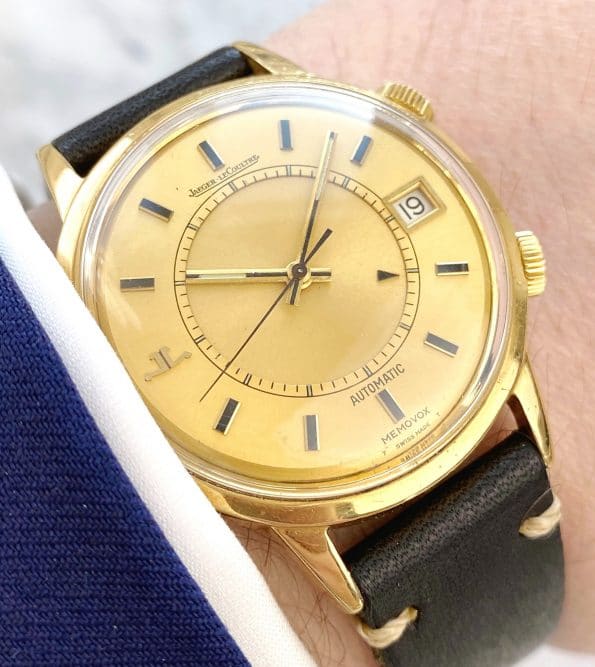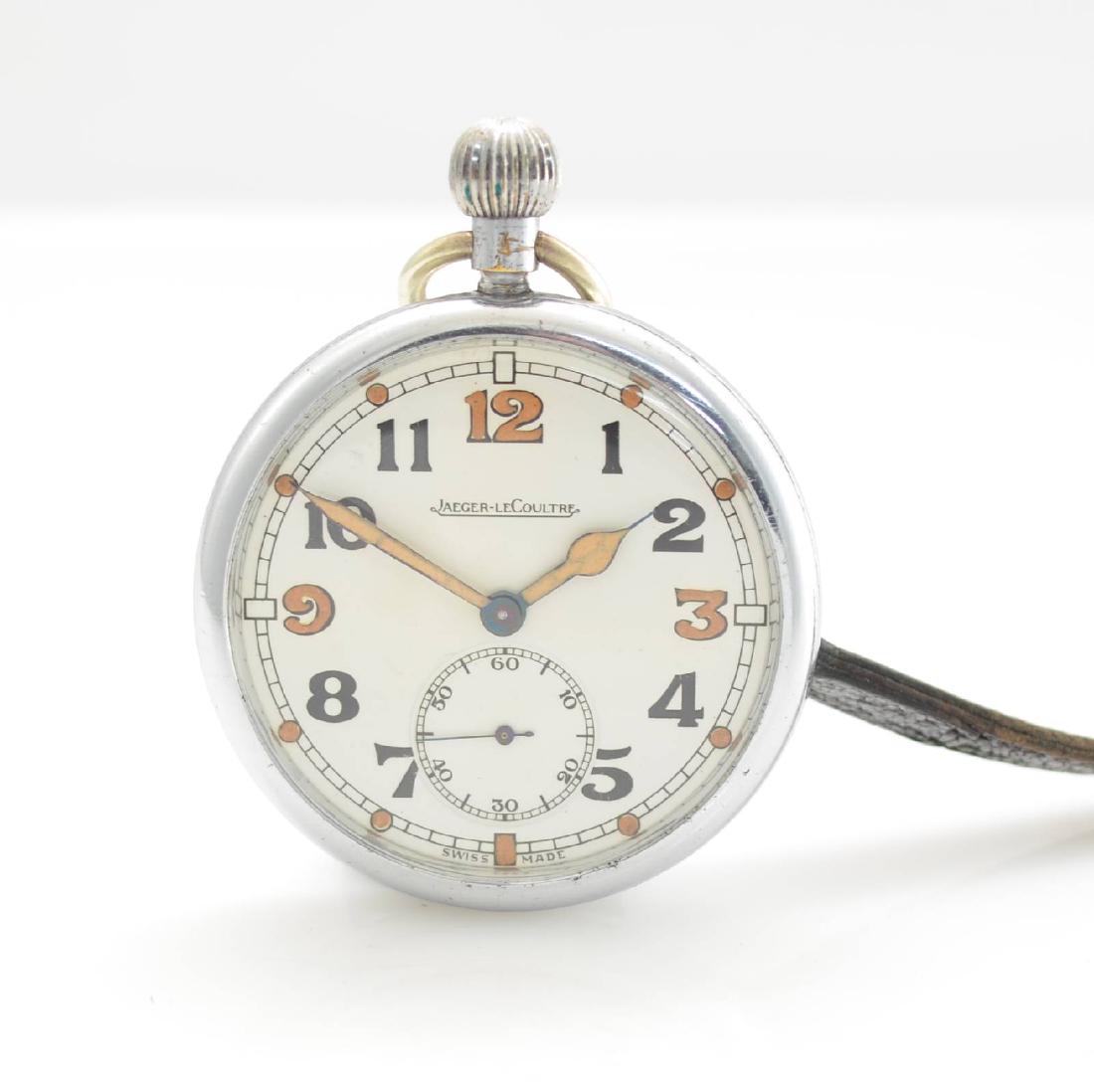
Stylish and practical, the coveted Reverso watch features a case that you can flip to protect the watch face.ĭuring the 1950s and '60s, Jaeger-LeCoultre watchmakers continued the manufacturer’s tradition of prioritizing practical reliability. Iconic Jaeger-LeCoultre designs from this era include the 1928 Atmos clock and the Reverso watch. At the time, there were many influences that led to the creation of Art Deco jewelry, while the cases of Art Deco clocks featured architectural details and saw an integration of materials such as brass, glass and marble. Watchmakers at Jaeger-LeCoultre began to experiment with the Art Deco style that had encompassed the 1920s and the 1930s. This era saw the debut of Cartier’s Santos as well as its Tank watch.

In 1907, Louis Cartier signed a contract with Jaeger so that Cartier would have movements for its popular timepieces produced exclusively at LeCoultre in Switzerland. He created a signature line of ultra-thin watches in partnership with Edmond Jaeger, a French watchmaker who specialized in flat watch cases. He revolutionized watchmaking by bringing all 180 skills involved in the trade into one workshop: LeCoultre & Cie Manufacture.īy 1903, the company had passed to Antoine LeCoultre's grandson, Jacques-David LeCoultre. By 1866, LeCoultre's son, Elie LeCoultre, took over the business. As the first instrument to measure thousandths of a millimeter with total accuracy, it refined the meticulous watchmaking process. LeCoultre was also an inventor who, in 1844, created the millionomètre. Jaeger-LeCoultre was established in 1833 by watchmaker Antoine LeCoultre in the Vallée de Joux of the Swiss mountains. The Swiss manufacturer is celebrated for its striking Art Deco–era antique clocks, while its range of sumptuous luxury watches spans the gamut of modern design, each one a time capsule of its period.

Thus was the Jaeger-LeCoultre partnership was born in 1937. Joined by Parisian watchmaker Edmond Jaeger in 1903, Antoine's grandson, Jacques-David, produced the world’s thinnest (calibre 145) and smallest (calibre 101) movements. In 1847 came the first keyless watch winding system. It was used as an industry benchmark for over half a century. In the 1840s, he invented the Millionomètre, measuring the micron for the first time.

Nicknamed “La Bringue,” the invention earned him enough in 1833 to found his own watchmaking workshop at age 30. A gifted inventor, Antoine LeCoultre created the world’s first tool for polishing pinion leaves.


 0 kommentar(er)
0 kommentar(er)
